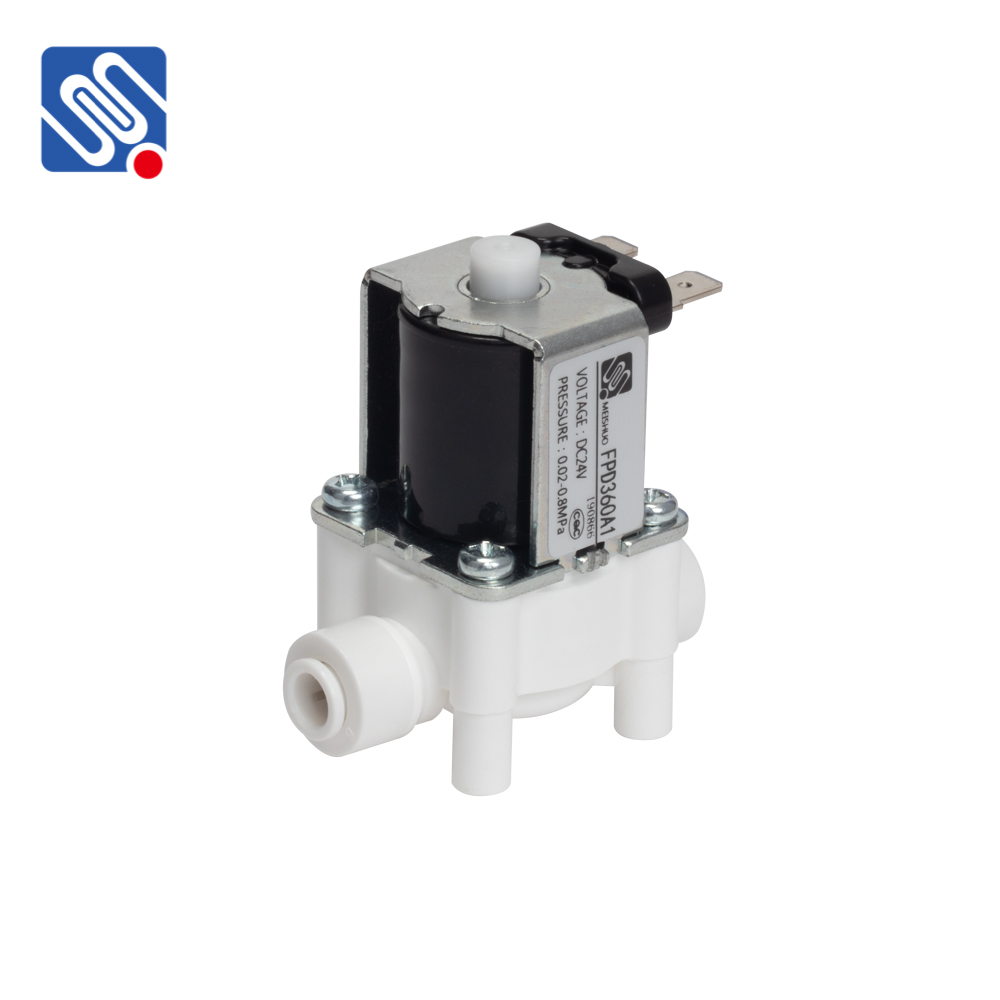A Normally Open Solenoid Valve (NOSV) is a type of electromechanical valve used in a wide range of industrial and mechanical applications to control the flow of liquids, gases, or steam through pipes. These valves are integral components in various systems, from basic fluid control to complex automation processes. Their design, operation, and functionality make them ideal for specific scenarios where flow control must be reliable, efficient, and fast.

The Mechanism of Normally Open Solenoid Valves The “normally open” designation in NOSV refers to the state of the valve when it is de-energized or not receiving electrical power. In this state, the valve is open, allowing fluids to flow freely through the system. This contrasts with normally closed solenoid valves, which remain closed when de-energized and open only when powered. The valve consists of a coil (solenoid) and a movable core or plunger. The solenoid coil is energized when current is applied, generating a magnetic field that pulls or pushes the plunger. This action either opens or closes the valve, depending on the design. In a normally open solenoid valve, when the solenoid is powered, the plunger moves to a position that blocks the flow path, stopping the fluid from passing through the valve. When power is cut off, the valve returns to its default position, allowing the fluid to flow again.
Leave a Reply